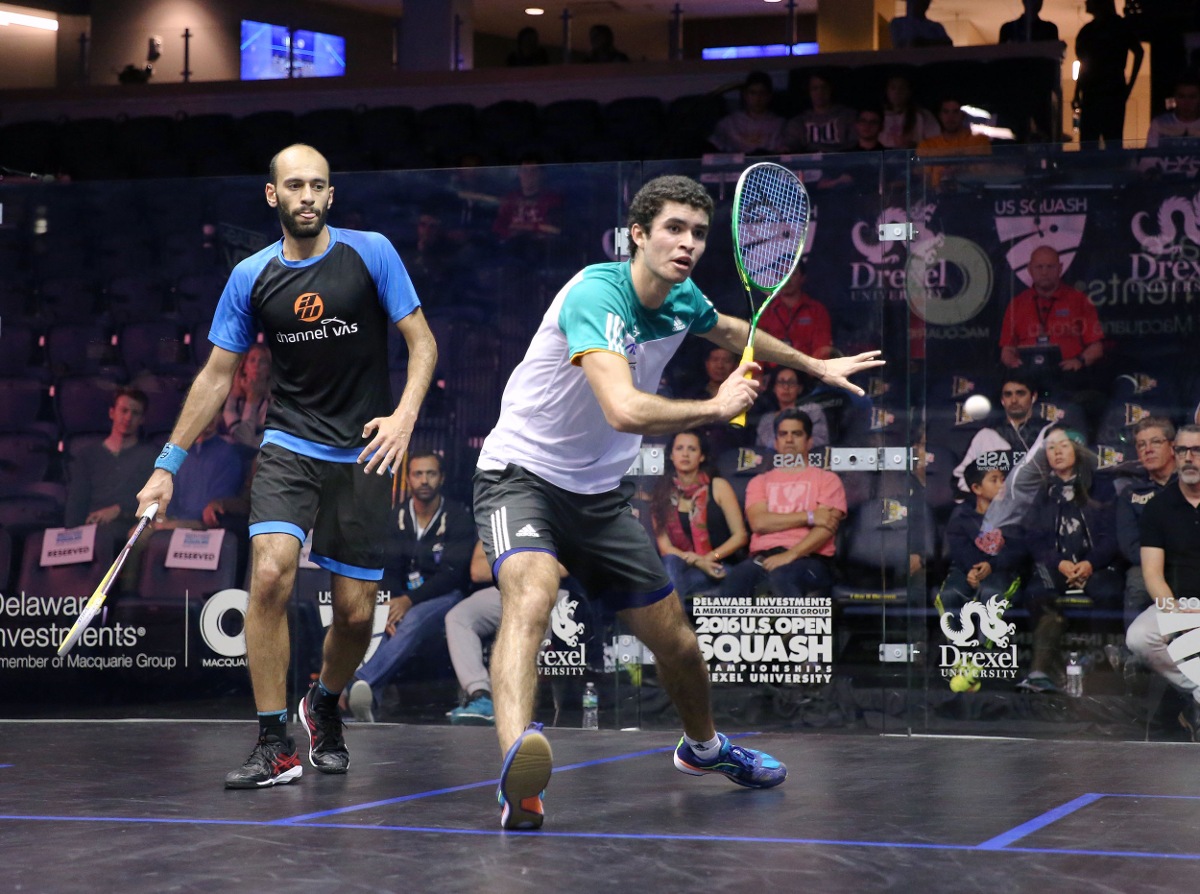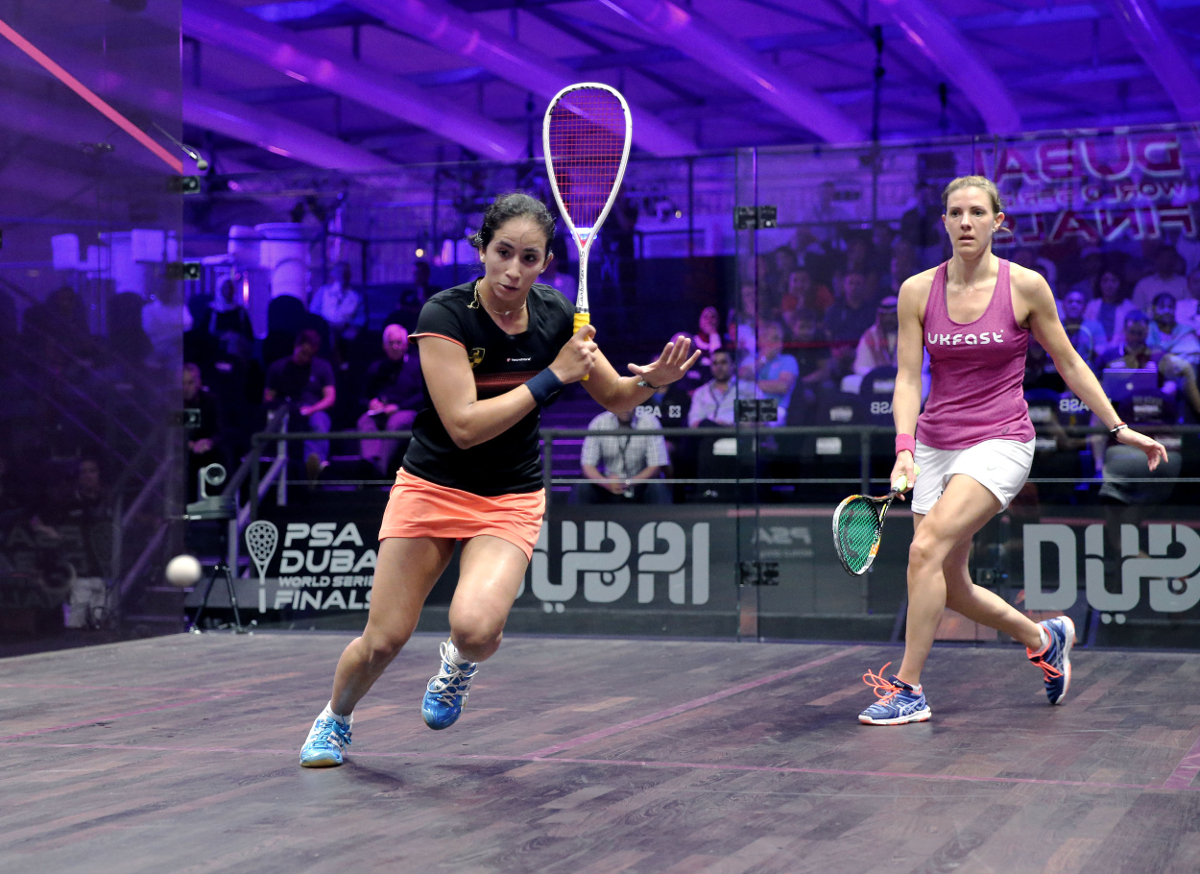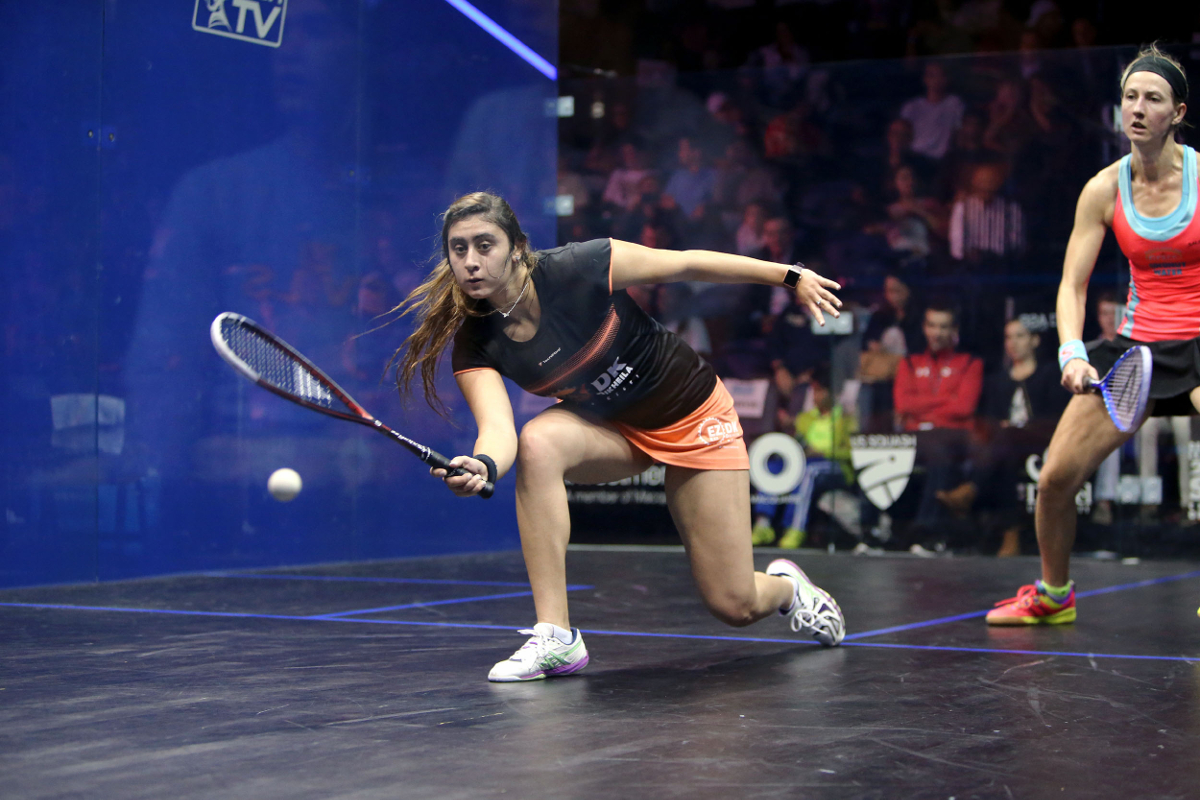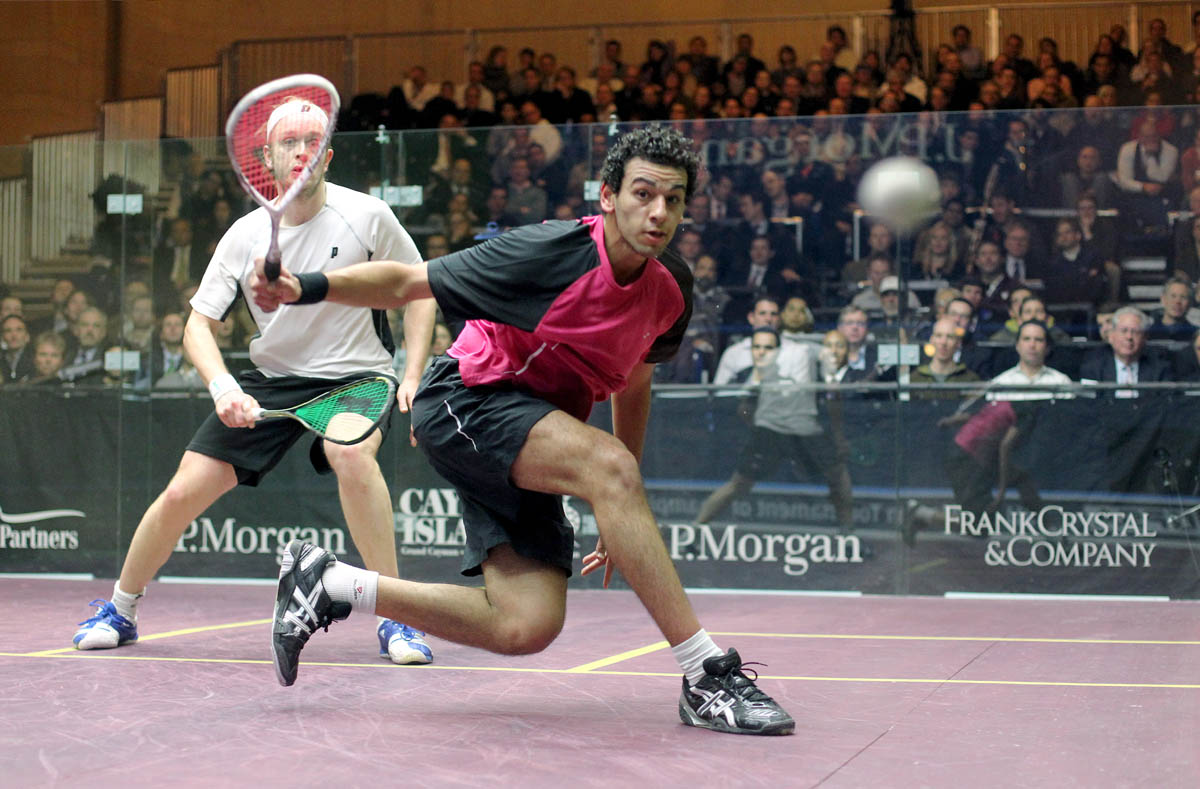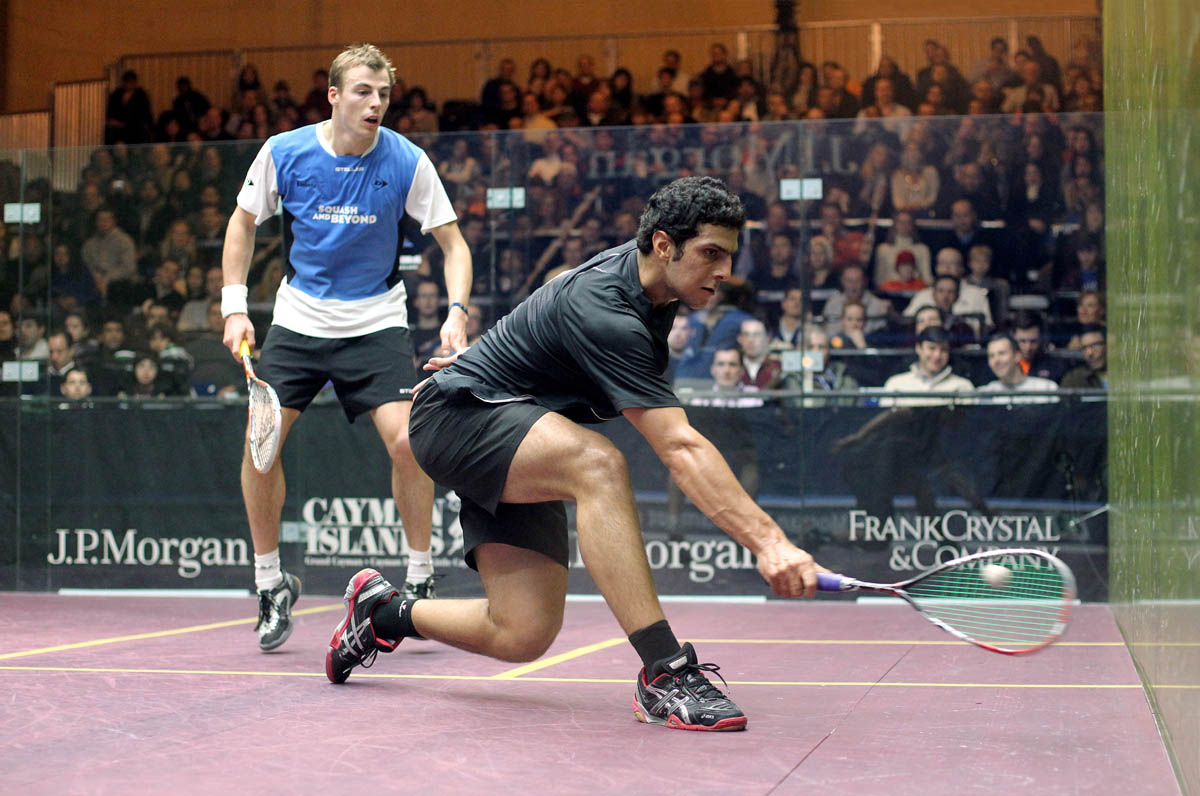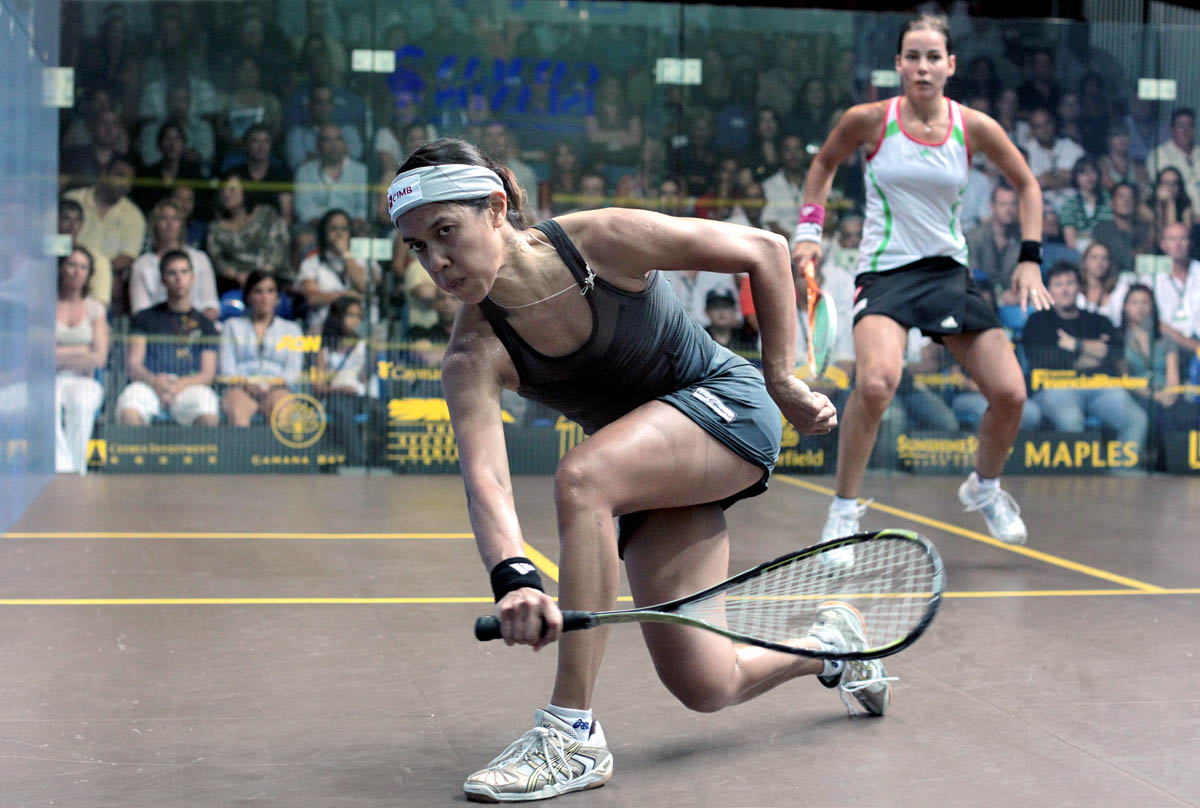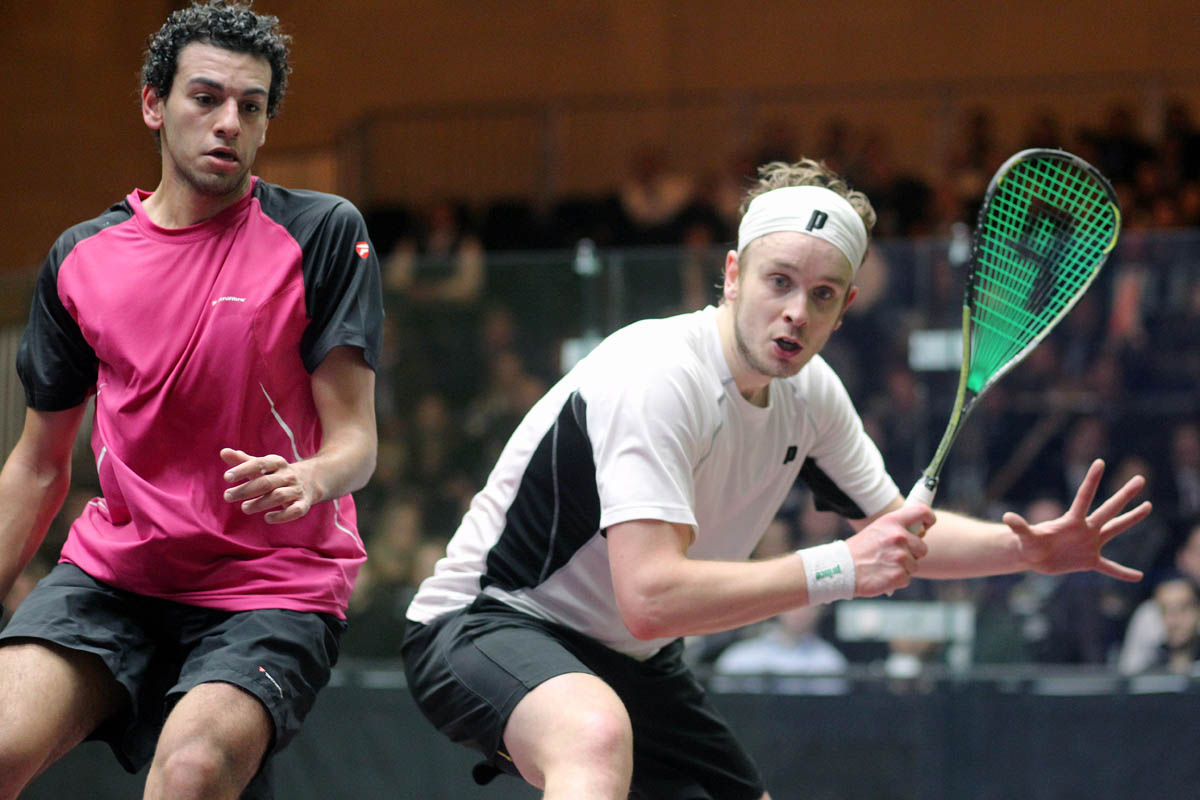Bio-mechanical Perspective - Cocked Wrist
Cocking of the wrist in Squash: The cocked wrist when supinating and pronating assists in control and power.
When learning how to play squash one of the first technical skills learnt is the cocking of the wrist. For this action to occur the individual must extend and abduct their wrist joint, whilst maintaining the correct grip of the racquet. Cocking of the wrist is best achieved when the joint is in its mid-range position, resulting in optimal control and strength. This technique is especially emphasized due to its unnaturalness during the follow through on the forehand side, and during the backswing and downswing phases on the backhand side. This article will provide a biomechanical rationale as to why the individual should apply this technique to their shot, while outlining the structures of the wrist joint and forearm, along with the muscles used to carry out this technique.
The structure of the wrist joint.
To understand how the wrist joint functions it is important to comprehend the structures that make up the wrist joint. The wrist joint is a two-joint system consisting of 1) the radio carpal joint and 2) the mid carpal joint. This two-joint structure has some advantages over a single joint structure including; a larger range of motion available, and less tendency for the structure to pinch at the end of the movement. The wrist joint is known as a biaxial joint meaning that it consists of two degrees of freedom. The movements that occur at the wrist joint are flexion, extension, adduction, abduction, pronation and supination.
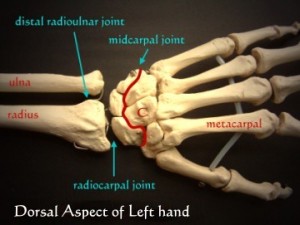
Muscles acting upon the wrist joint and in order of importance:
Radial abduction: extensor carpi radialis longus, abductor pollicis longus near thumb, extensor pollicis longus(muscle outside forearm), flexor carpi radialis(muscle inside forearm), flexor pollicis longus (muscle inside forearm).
Extension: extensor digitorum, extensor carpi radialis longus, extensor carpi radialis brevis, extensor indicis, extensor pollicis longus, extensor digiti minimi.
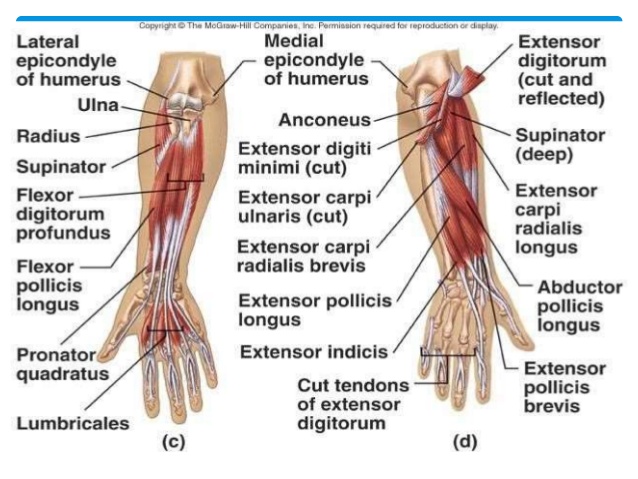 The action that permits a cocking of the wrist is extension and abduction (radial deviation), which is produced by muscles crossing the dorsum of the wrist. These muscles are; the extensor carpi radialis brevis, extensor carpi radialis longus and extensor carpi ulnaris as the prime extensors, with extensor digitorum acting as a synergist. These muscles help permit around 70-80° of extension at the wrist joint.
The action that permits a cocking of the wrist is extension and abduction (radial deviation), which is produced by muscles crossing the dorsum of the wrist. These muscles are; the extensor carpi radialis brevis, extensor carpi radialis longus and extensor carpi ulnaris as the prime extensors, with extensor digitorum acting as a synergist. These muscles help permit around 70-80° of extension at the wrist joint.
The movements facilitating wrist extension and abduction (cocked wrist) and the rationale behind them.
The technique of having a cocked wrist throughout the shot is used in preference to the snapping of the wrist technique. The snapping of the wrist technique (on the backhand side) involves the player approaching the ball with their wrist in a flexed position (gooseneck). This is a natural position (as compared to the unnatural position of a cocked wrist), as it replicates the throwing of a frisbee e.g. wrist flexed with the movement of the arm across the body to generate power. As the player makes contact with the ball, they rapidly extend their wrist in a snapping motion and naturally adopt the cocked position on the follow through.
If the player uses the forehand, then the player approaches the ball with the wrist cocked. This is a natural position to adopt as if throwing a ball. As the player makes contact with the ball, they quickly flex their wrist in a snapping motion (reverse gooseneck). This is a natural follow through as if throwing a ball, unlike maintaining a cocked wrist. The theory behind the snapping technique is that as the player snaps their wrist, it generates more power for the shot by increasing the arc distance that the racquet travels. This rationale however, is proven to be incorrect. Although increasing the arc does increase absolute power of the shot, the small muscles of the wrist joint can only produce limited amounts of force, in comparison to the cocked wrist. Thus, it is the cocked wrist technique that creates more power and also control of the shot.
The cocked wrist mechanism allows the power created from the body (stepping towards the ball, twisting at the hips and backswing) to transfer through the arm and be used as power for the shot. This mechanism (on the backhand side) involves initial pronation of the wrist joint followed by supination prior to making contact with the ball, producing large amounts of force. On the forehand side, the player initially demonstrates supination of the wrist joint followed by pronation prior to contact. To achieve optimal control and power of the shot, the muscles surrounding the joint movement should be in a mid-range position. In contrast, with the snapping technique the power created from the body is transferred into movement of the wrist, rather than producing force onto the ball. This action places extreme forces on the wrist joint itself as some of the power created from the body is transferred into the joint itself causing a high-risk of injury.
Conclusion
When learning to play squash it is imperative that correct technique is applied to shot production. As the wrist muscles are weak muscles in comparison to most of the body’s other muscles, it is advised that the player should cock the wrist prior to commencing the backswing. The cocking of the wrist mechanism should be used to increase power and reduce the risk of injury. It is imperative that the muscles surrounding the joints are in a mid-range position as this supports optimal control and power for the shot.
However, the snapping technique is essential when the player has to improvise. For example, when using the forehand and the ball has passed the player, the snapping (reverse gooseneck) technique allows the player to hit the ball straight. There are numerous examples when the player has to improvise.
Bio-mechanical References:
Grimshaw, P, Lees, A, Fowler, N & Burden A, 2007, Sport & Exercise Biomechanics, Taylor & Francis Group, New York, USA.
Martini, FH 2006, Fundamentals of Anatomy & Physiology, 7th edn, Pearson Education, California, USA
From Wikipedia, the free encyclopaedia.
Copyright South Australia Squash Academy Michael Nash All Rights Reserved


